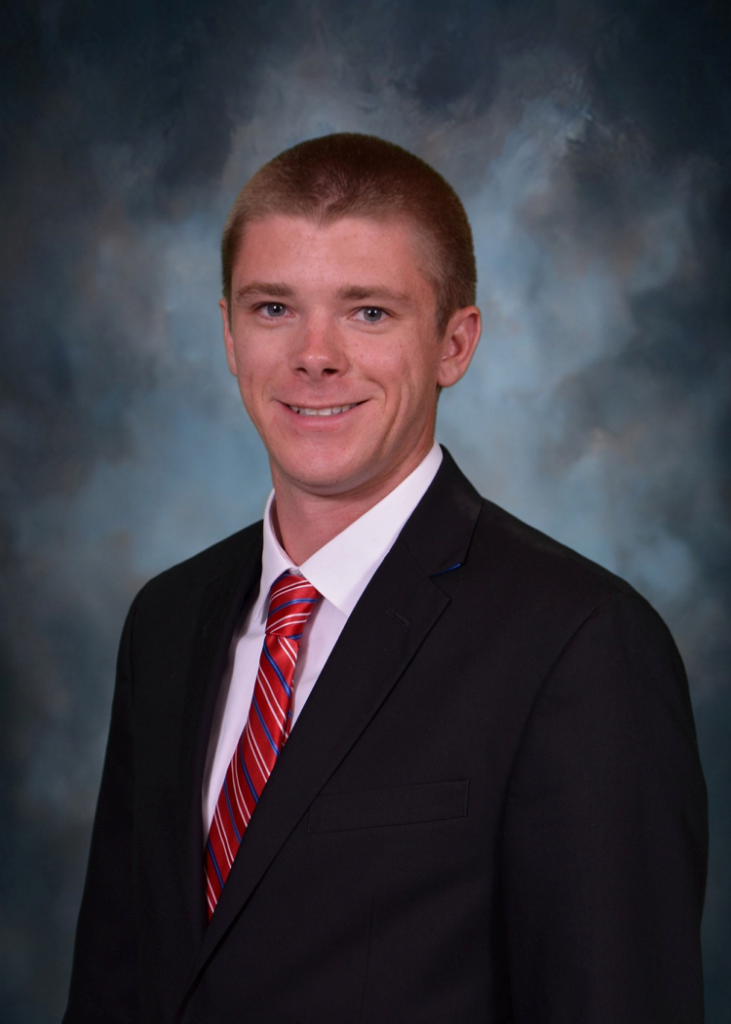Check out this story from Dr. Tony Grift regarding Brendan Kuhns, a graduate student working with the DIFM Project:
Tag Archives: brendan kuhns
Developing an Affordable, Retrofittable Yield Monitor for Cotton
During a trip to Colombia by Brendan Kuhns, it became clear that yield monitors for cotton are hard to come by, especially the kind that is retrofittable on older machines. Fortunately, DIFM researcher Dr. Tony Grift did his PhD on the development of a generic method for mass flow sensing of granular materials (fertilizers in particular), and he is eager to apply his method to cotton. We will build a new optical photo-interruption arrangement that measures the spacing durations between clumps of cotton passing a sensor. Then we will apply the theory of arrival processes to determine the number of cotton clumps that pass the sensor per unit of time, which is an indirect measure of the mass flow.
What is so fascinating about this method is that it works by only measuring the spacing times in between cotton clumps. So without knowing or measuring any material parameters, we still can measure the mass flow. It gets better: the measurement device does not need calibration, since nature is literally doing the work. If you would like to read details, here are links to paper 1 and paper 2 (the second won an award from the EurAgEng organization).
We hope that this small project will also connect our statisticians with the engineers (no easy feat!). For more information, feel free to read Dr. Grift’s essay titled “Embracing variability: How to hug a cactus”, which he claims to be “loosely based on the brother of our fearless leader David Bullock.”

Figure 1 Shown is the mass flow sensing scenario; we have clumps of material (cotton balls) and we measure the spacing durations among them. Believe it or not, using Poisson driven arrival theory, these data are sufficient to determine how many clumps are passing the sensor per unit of time, irrespective or the overlapping effect. Isn’t statistics great?
Graduate Student Brendan Kuhns Travels to South America
New Faces at DIFM
Image

Brendan Kuhns grew up in a small farm town approximately 15 miles north of Champaign, received his undergraduate degree from the University of Illinois and is now pursuing his master’s degree in the Department of Agricultural and Biological Engineering. During his college career he has worked on his home farm, for Case New Holland, and John Deere in various product engineering roles related to harvesters. Kuhns was the Instructor of Record for a course in Off-Road Equipment and the Teaching Assistant of other similar courses, and will be a graduate research assistant in the 2018-2019 school year.


Following this trip, Kuhns concluded that the majority of Colombian farmers currently lack the ability to run DIFM trials. However, demonstration trials will begin at Servicio Nacional de Aprendizaje (SENA), a technical school in Colombia, with hopes of passing the practice on to farmers as equipment is upgraded.
Members of the Data-Intensive Farm Management project has since submitted a grant to CGIAR to develop low-cost sensing technology for these farmers, that would allow them to participate in our trials. The detailed results of the trip is available to DIFM researchers upon request.